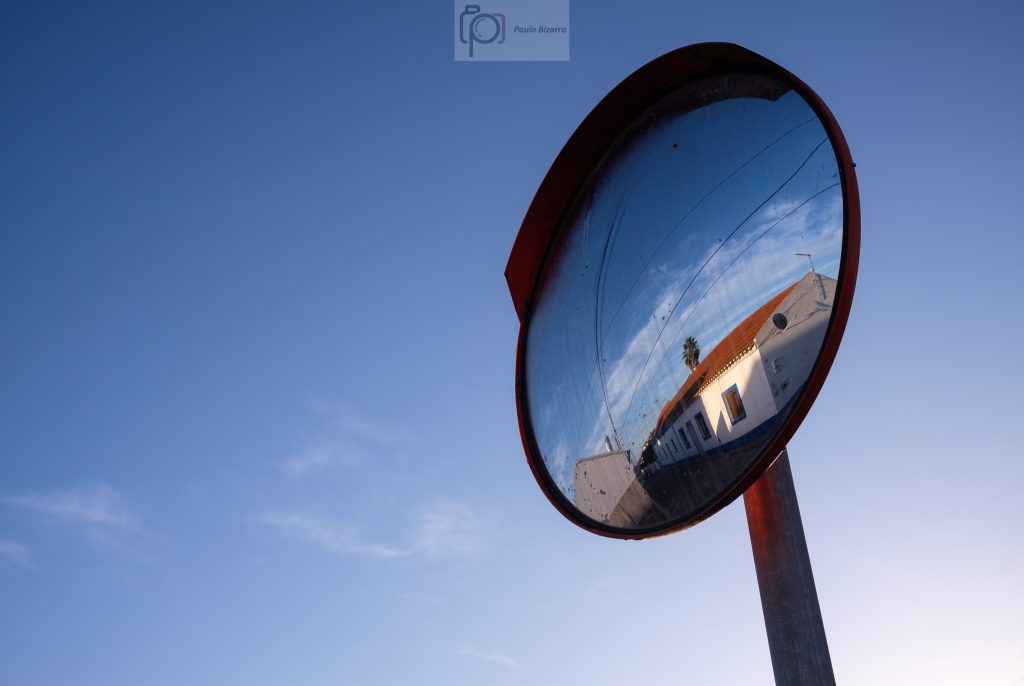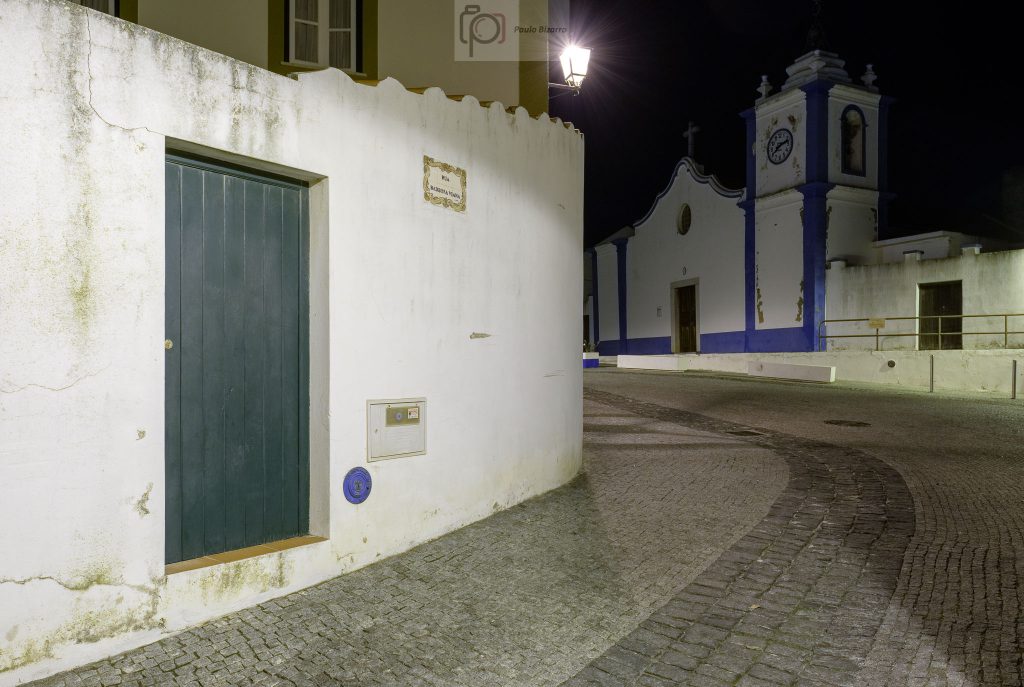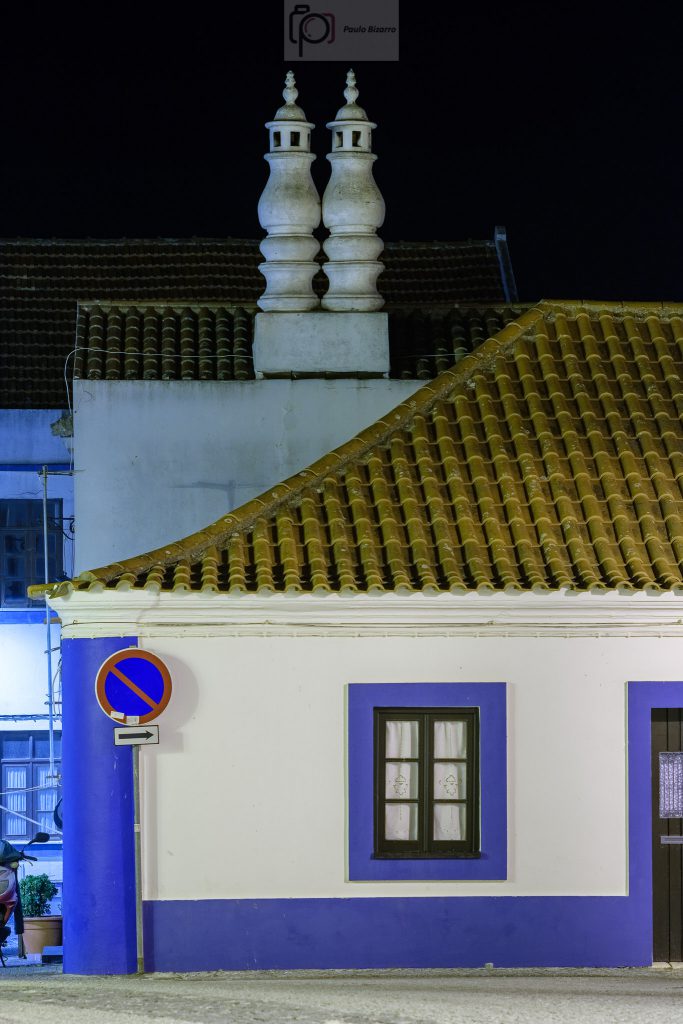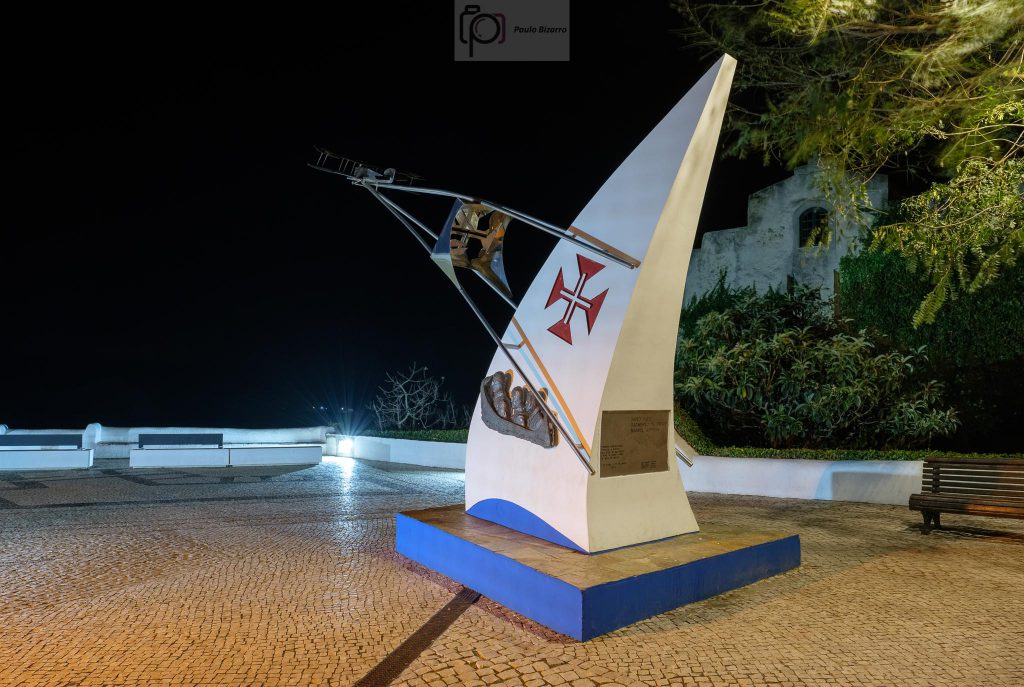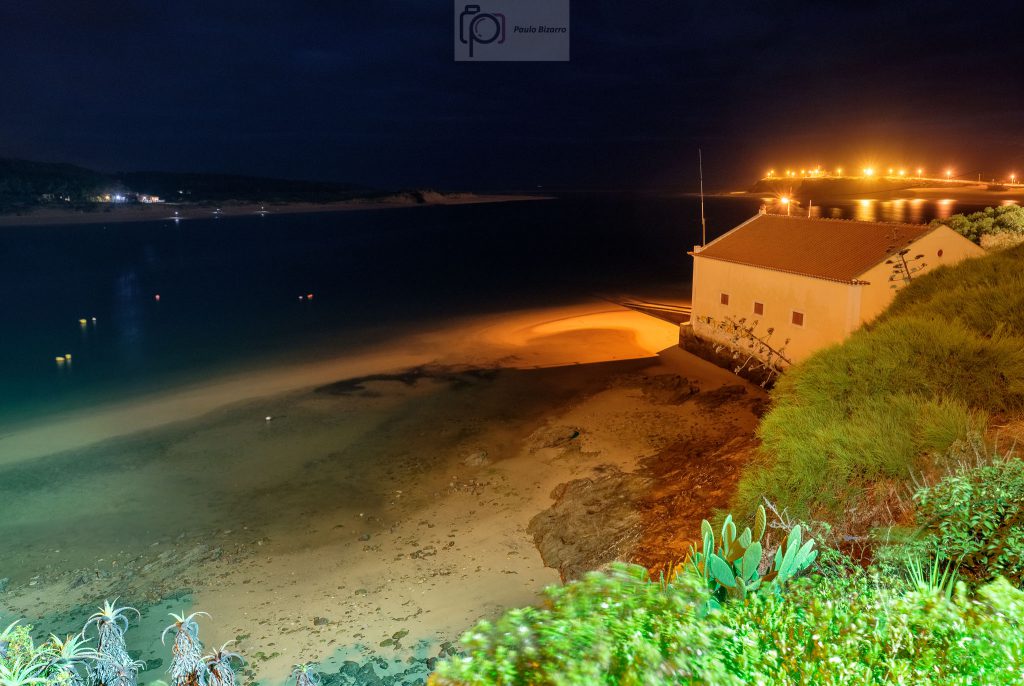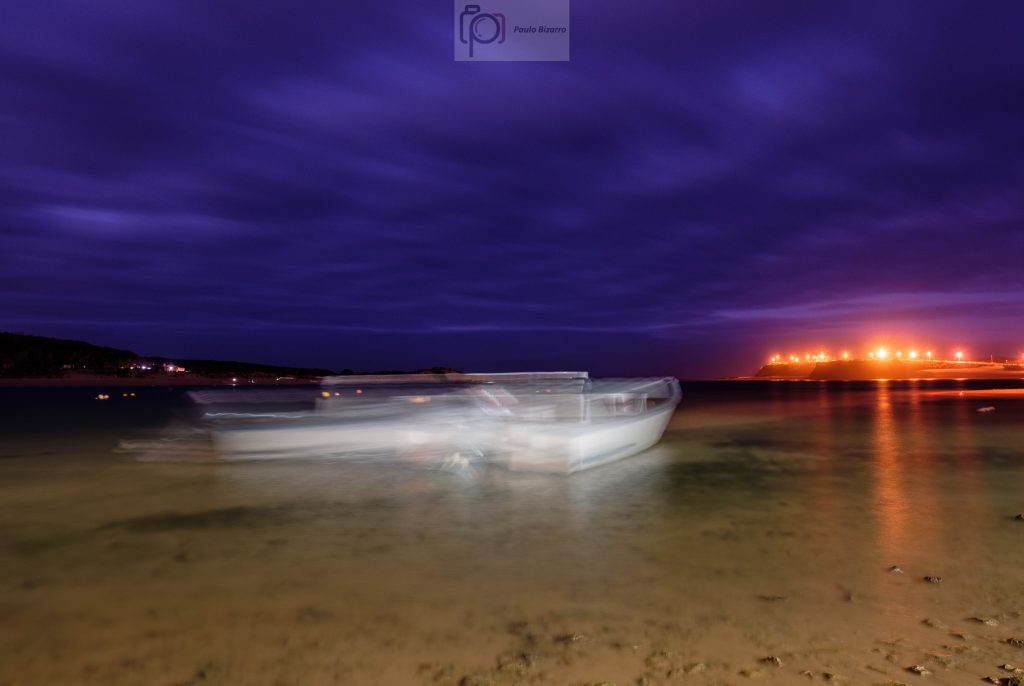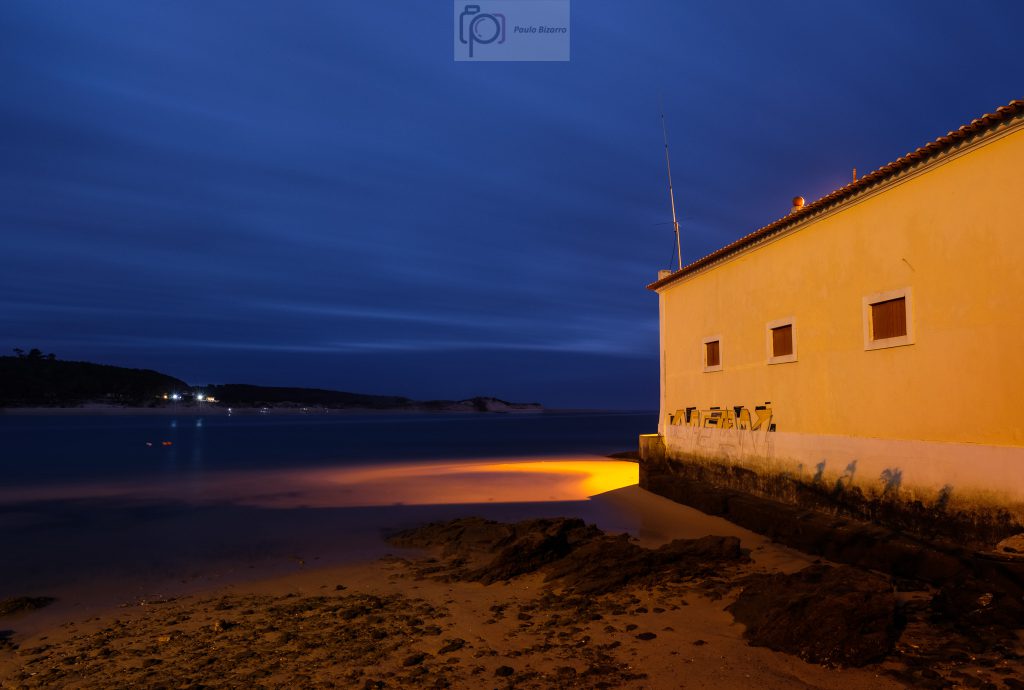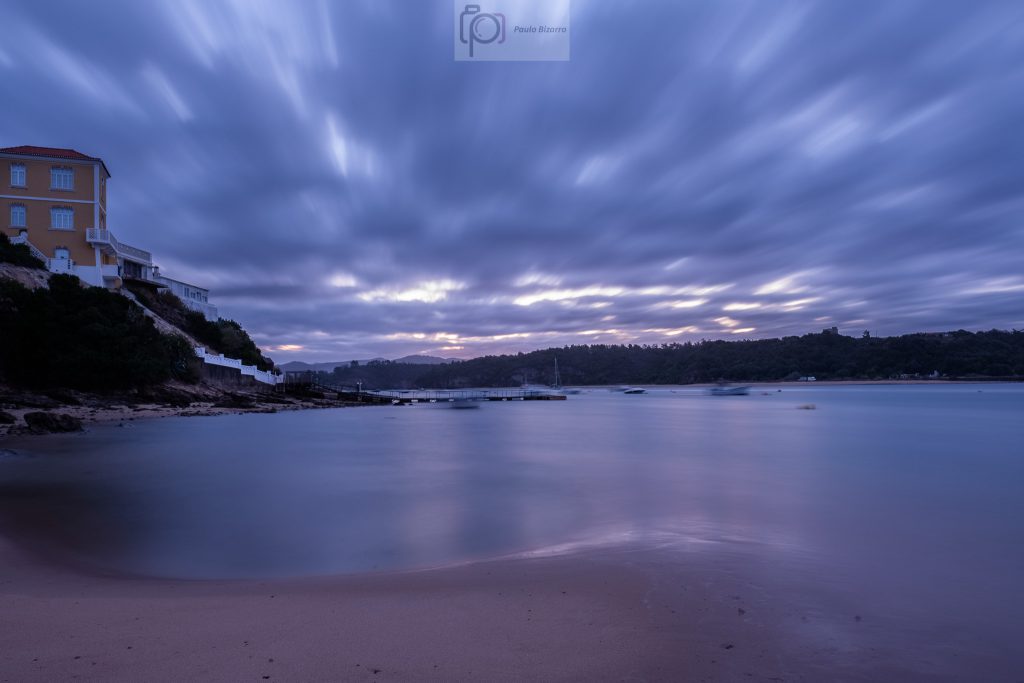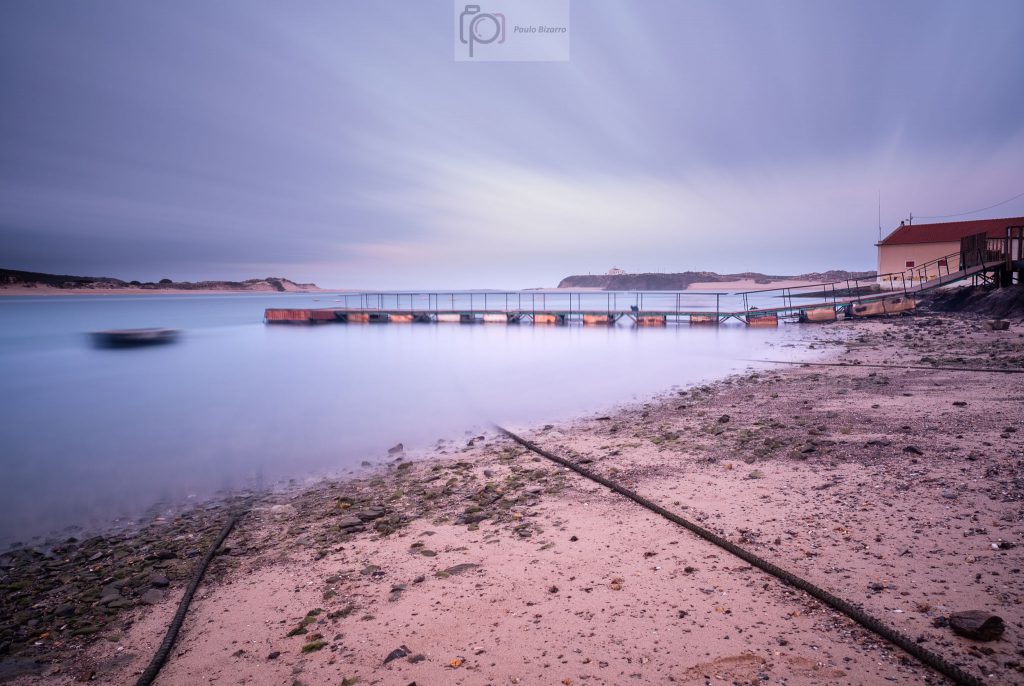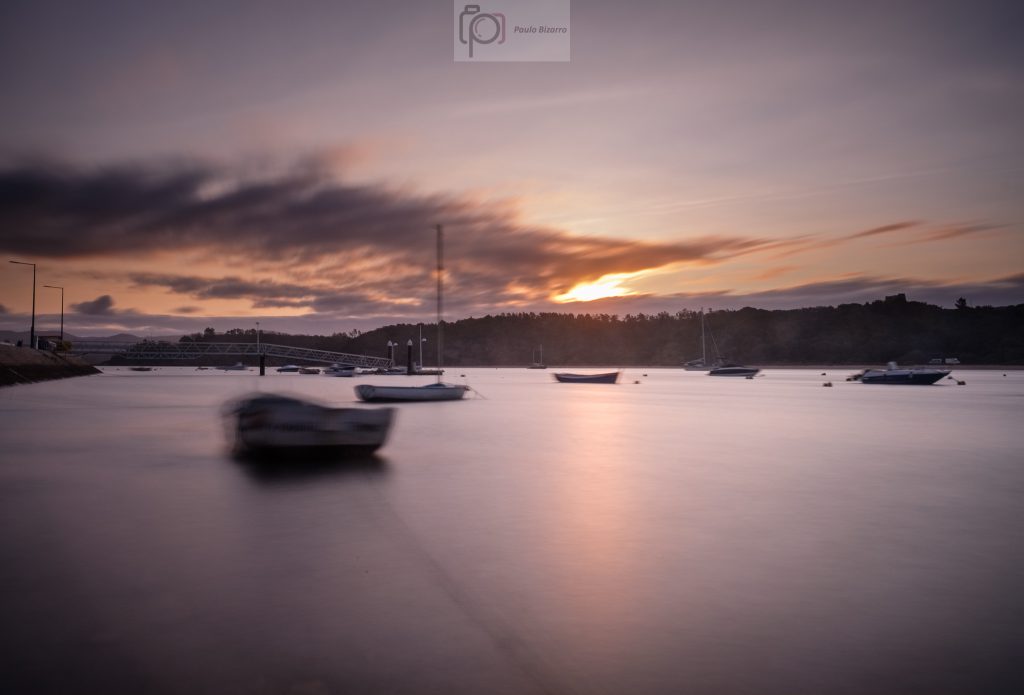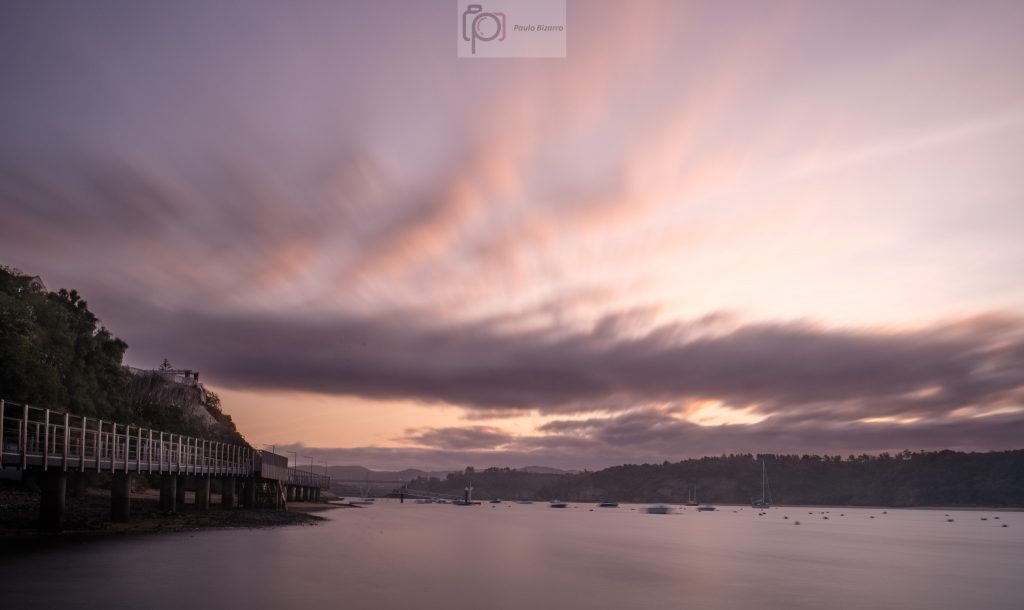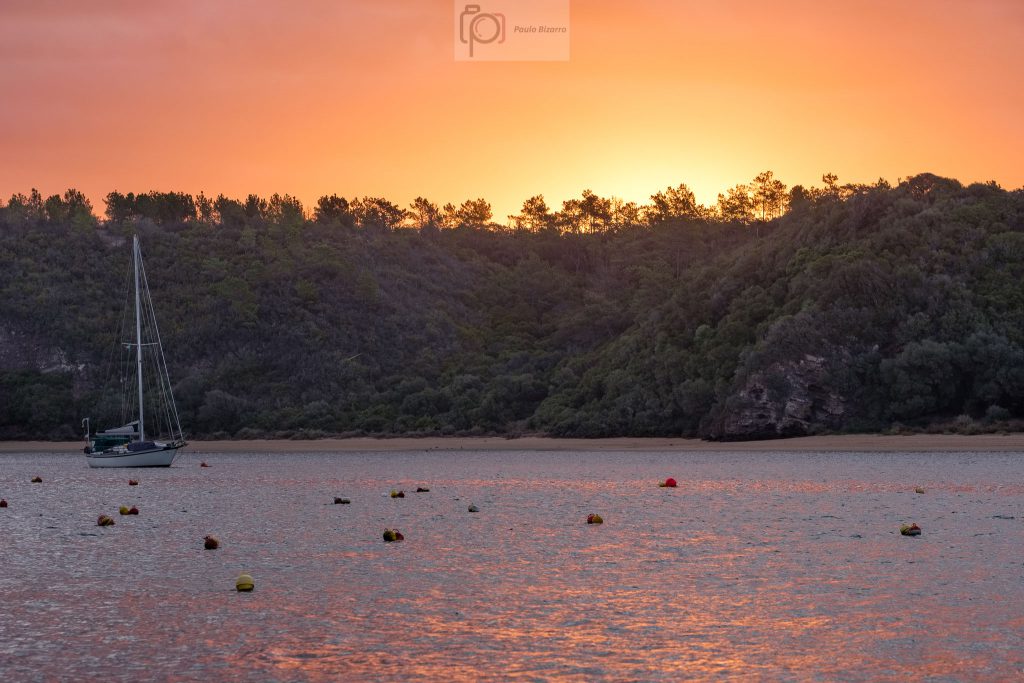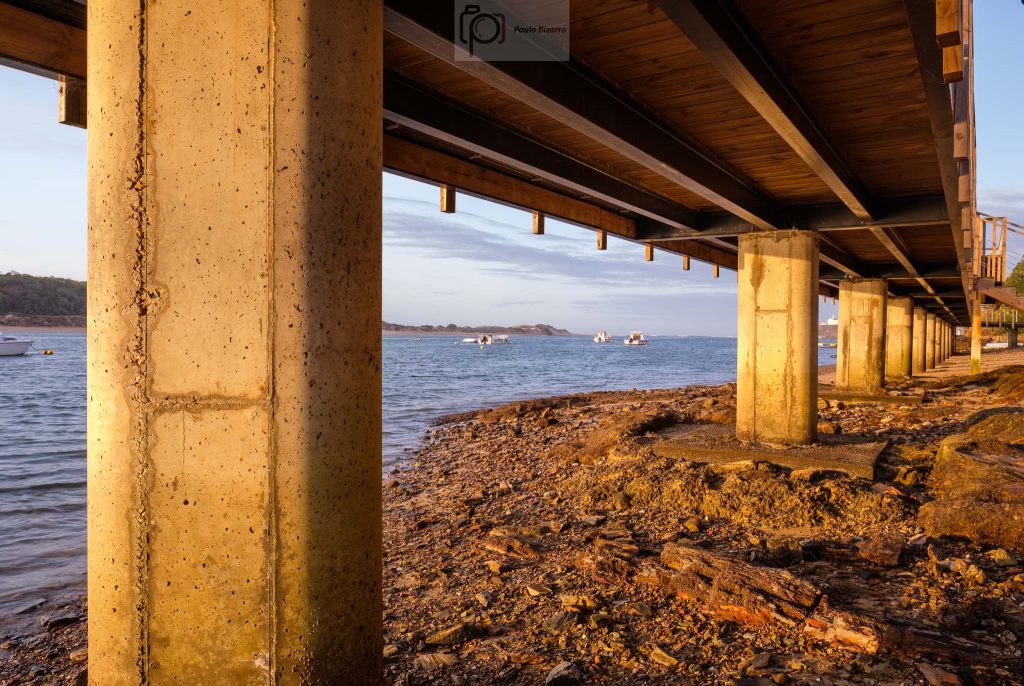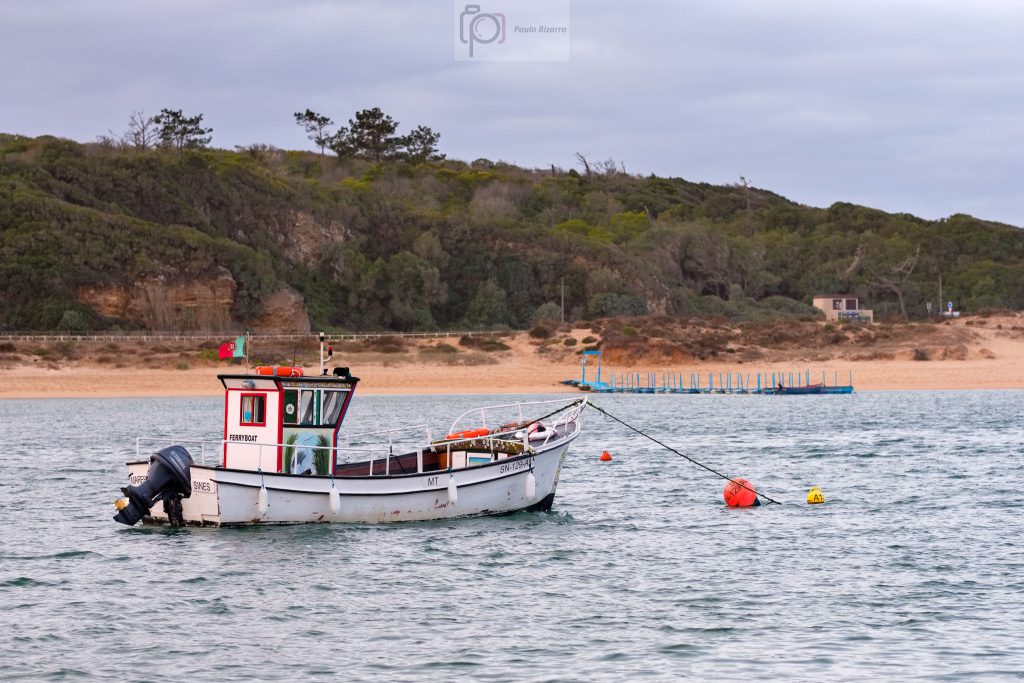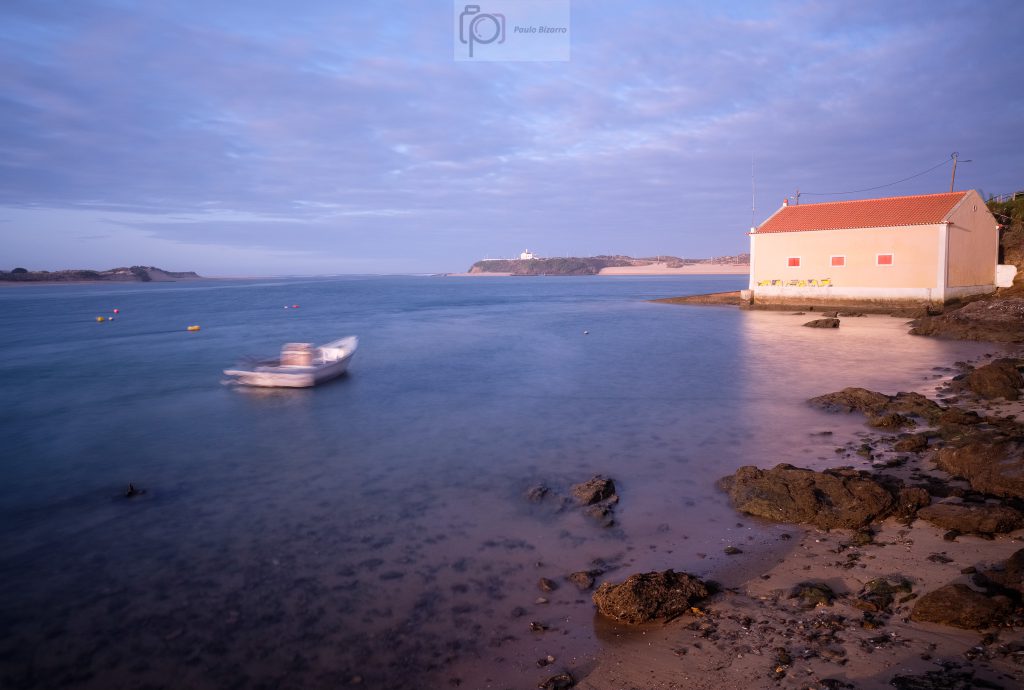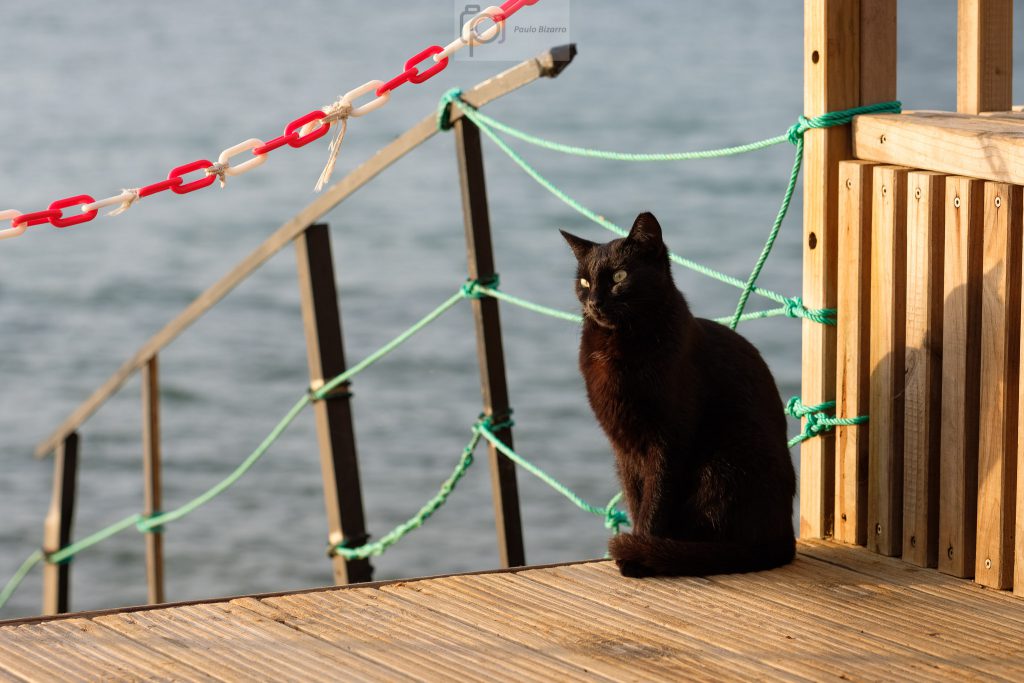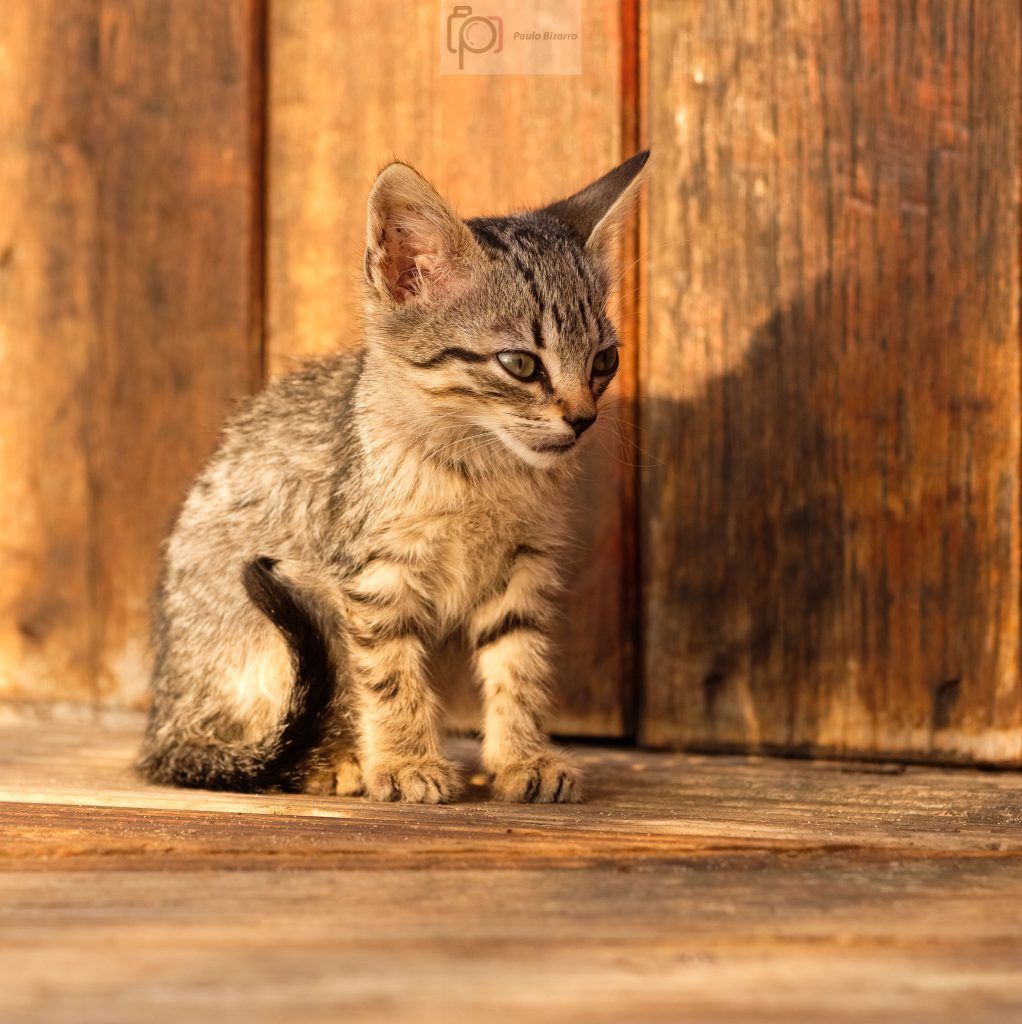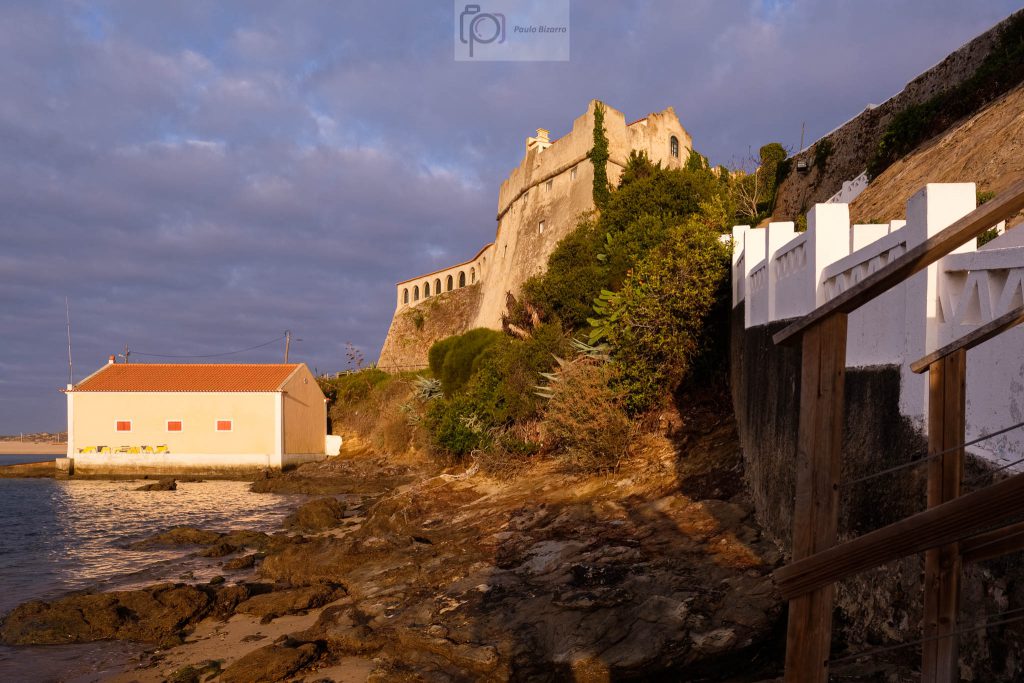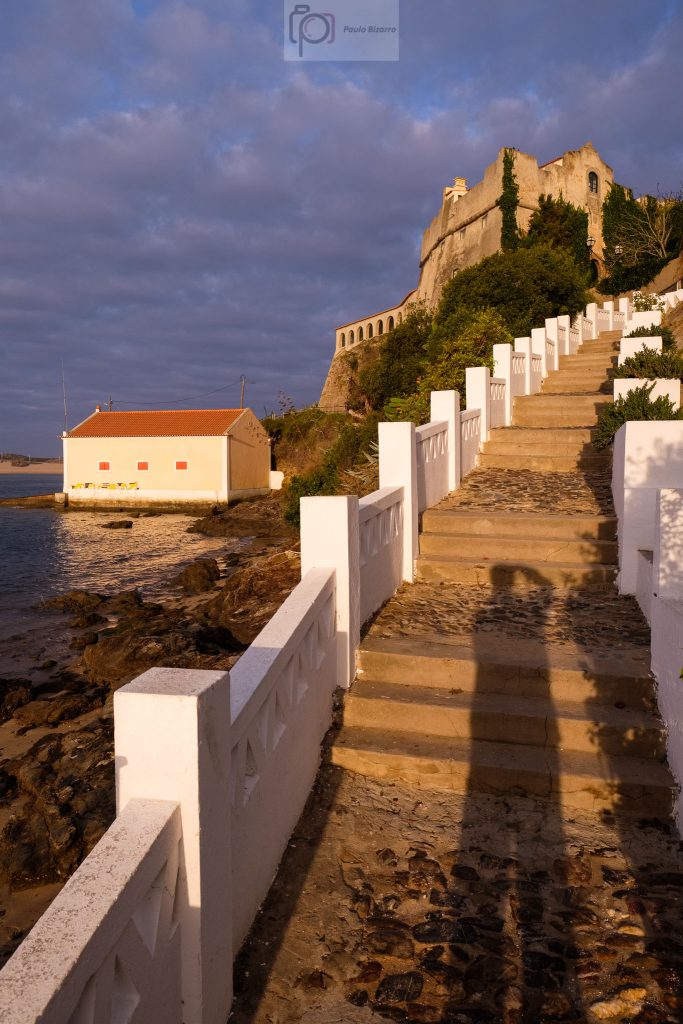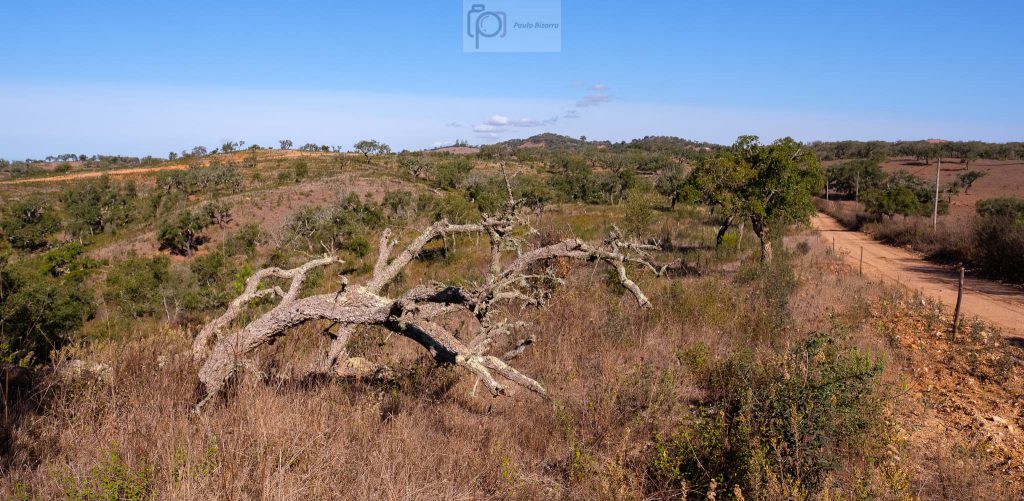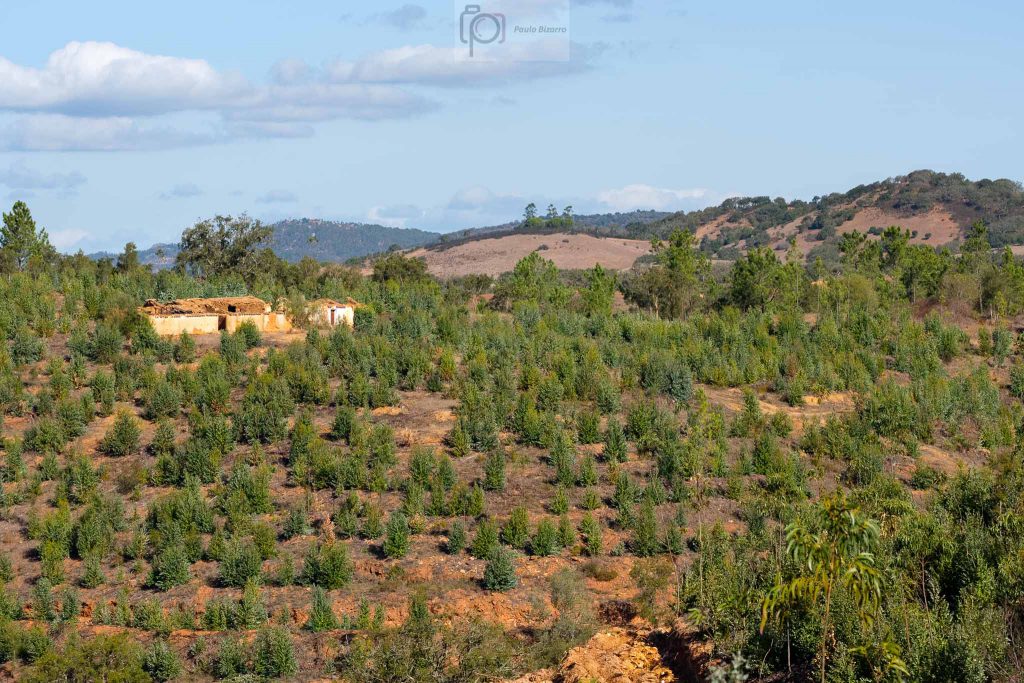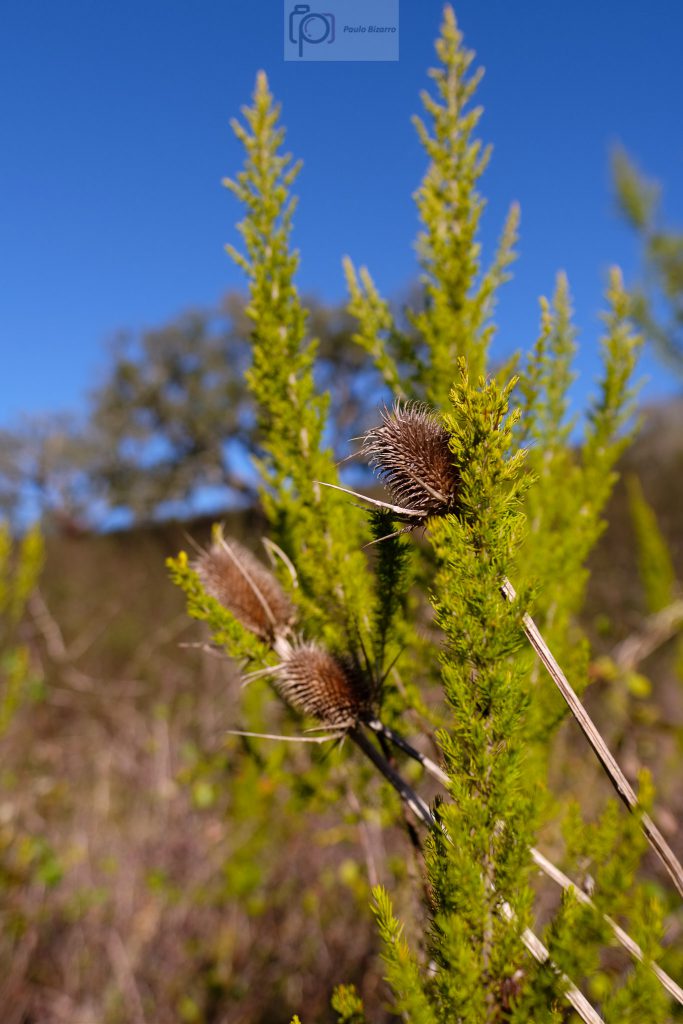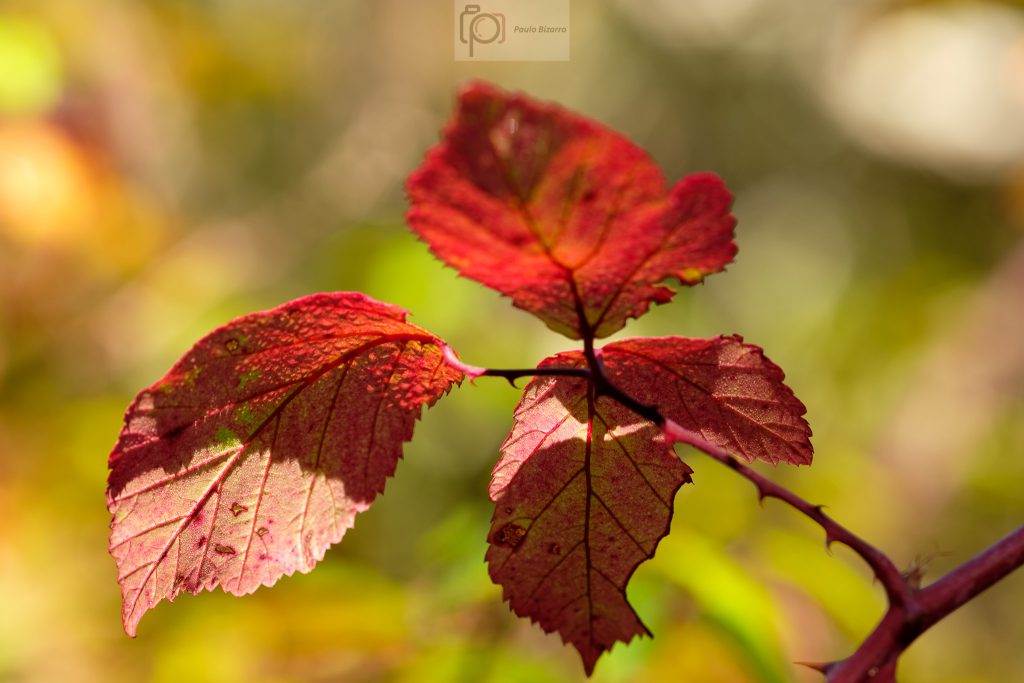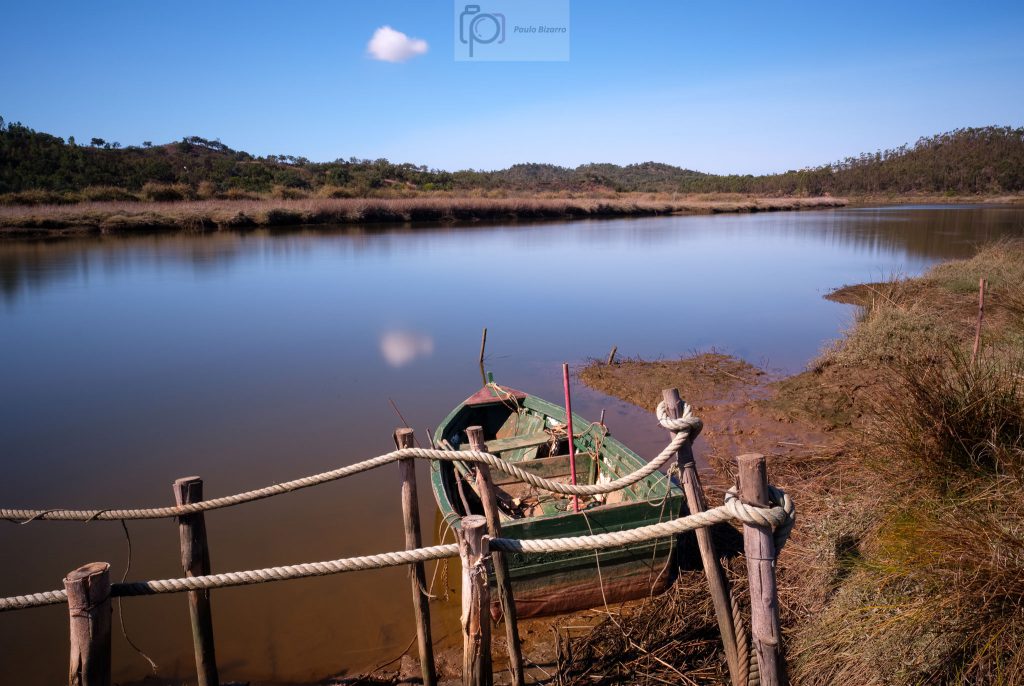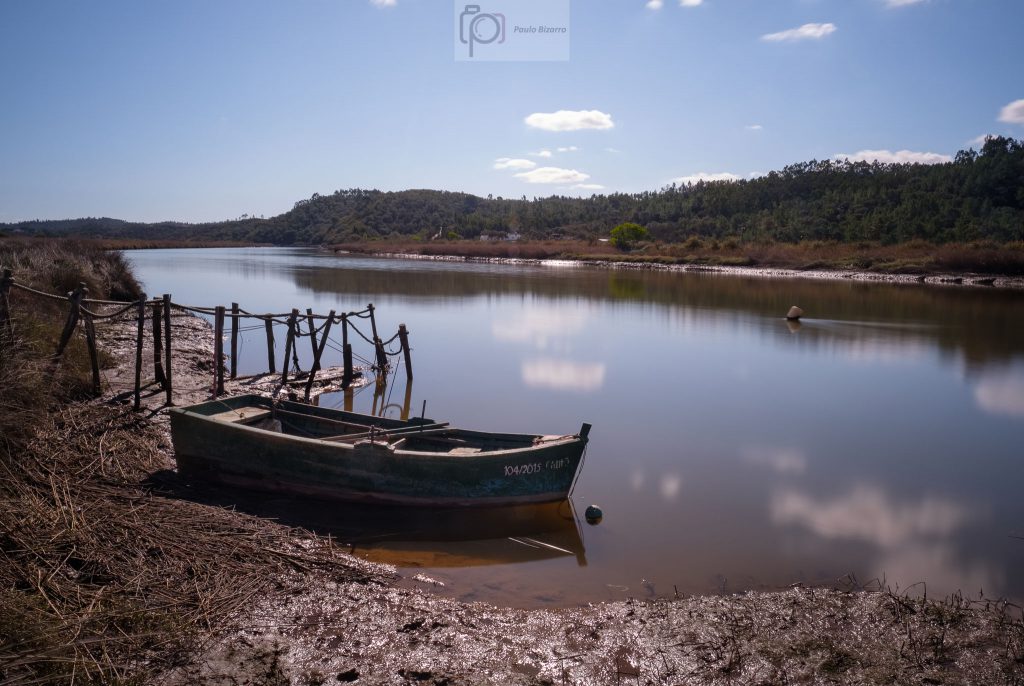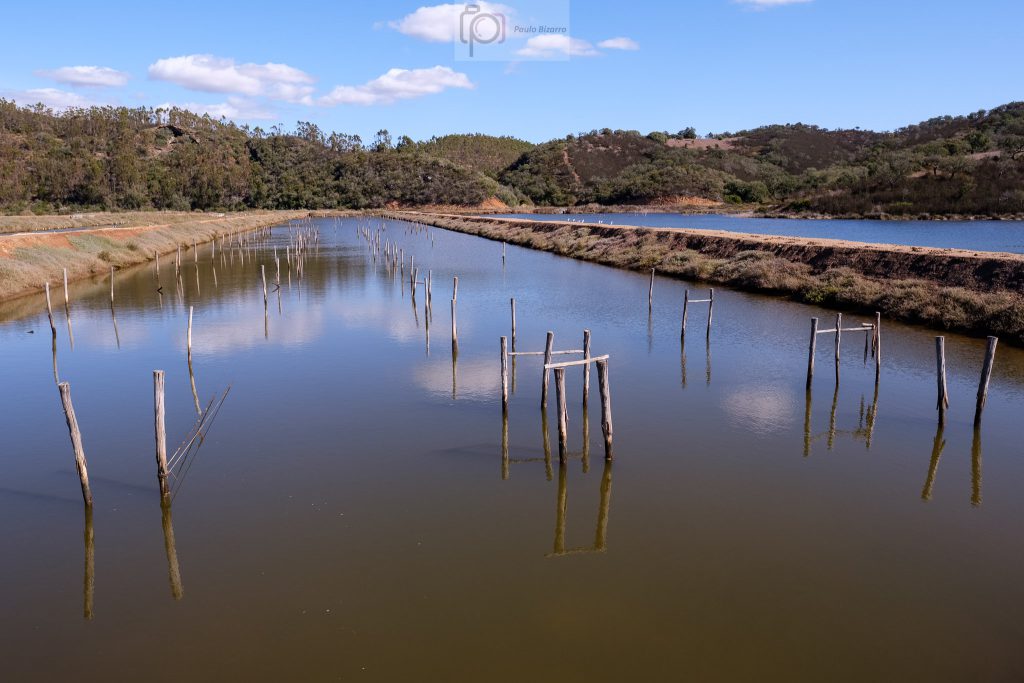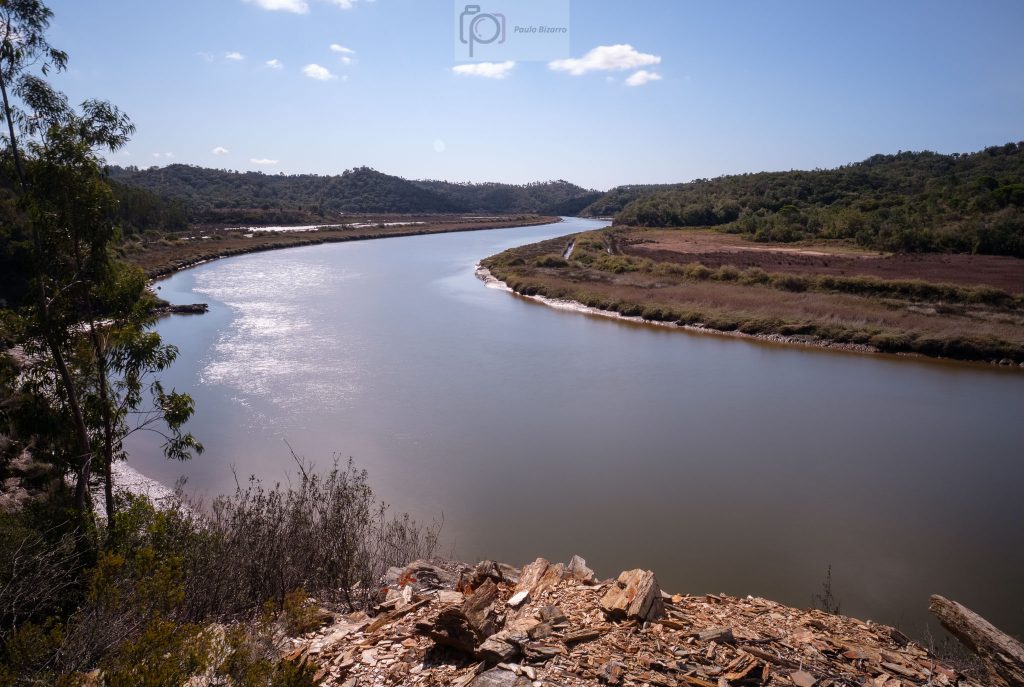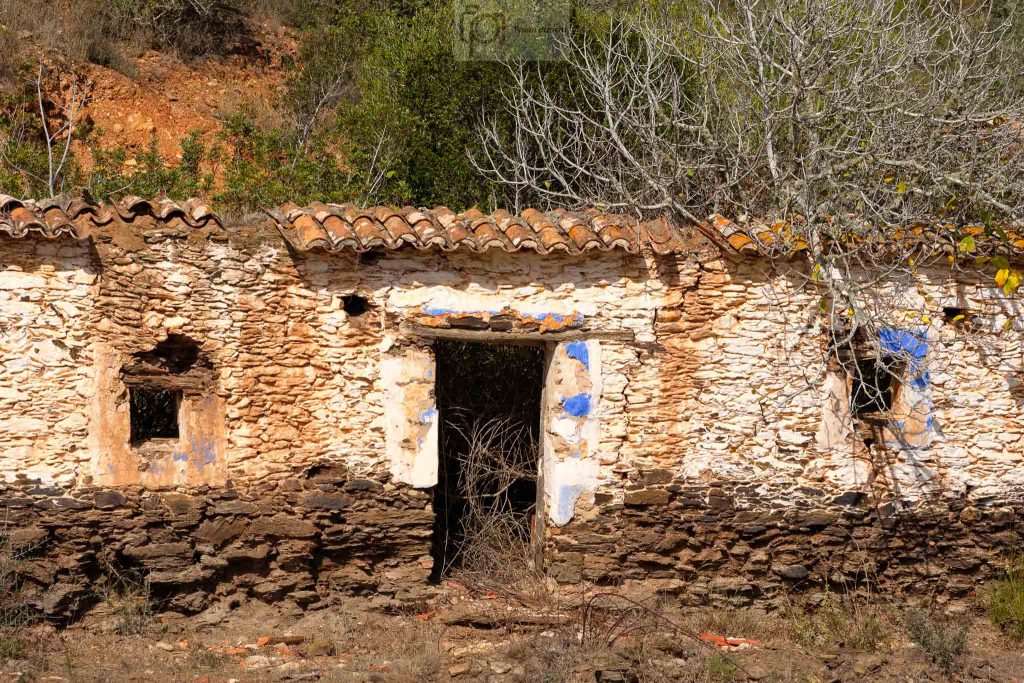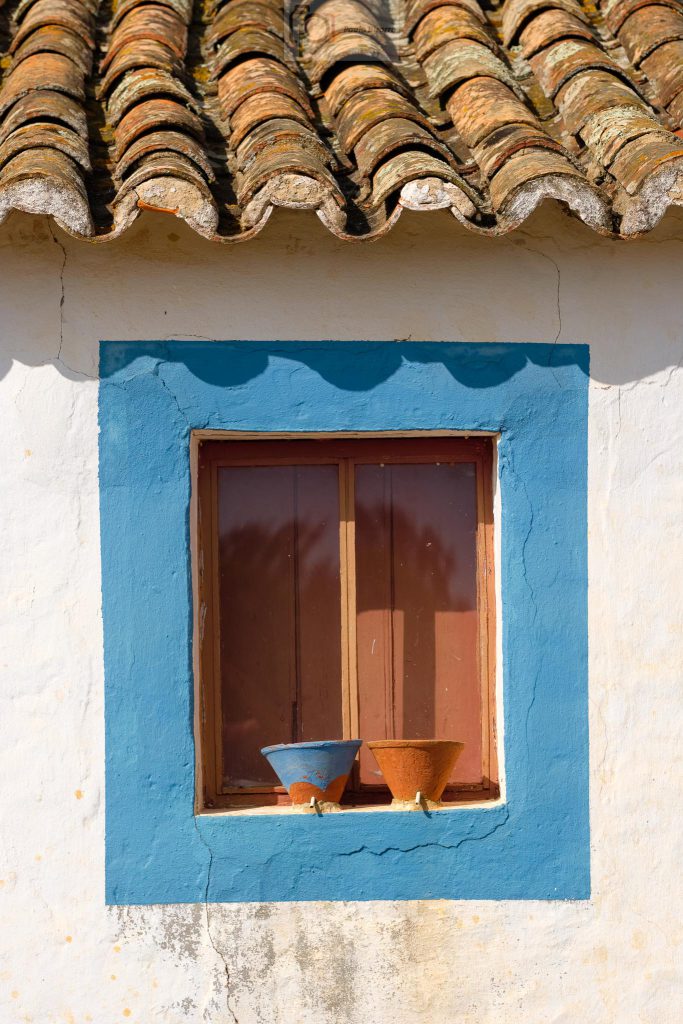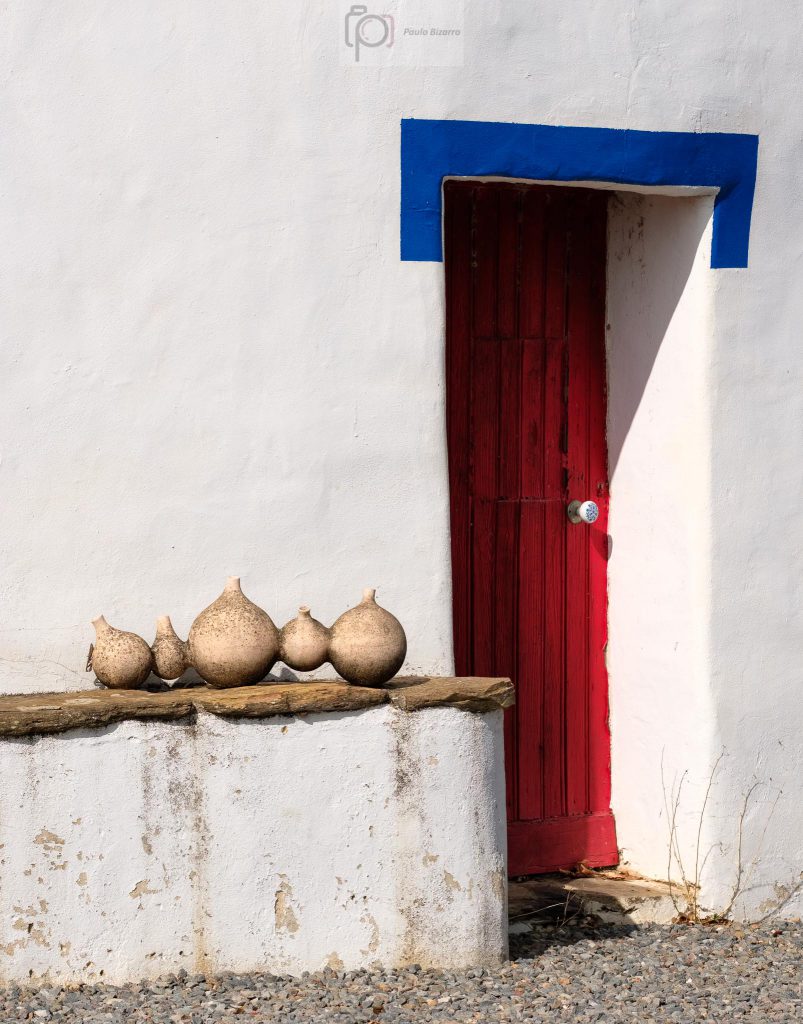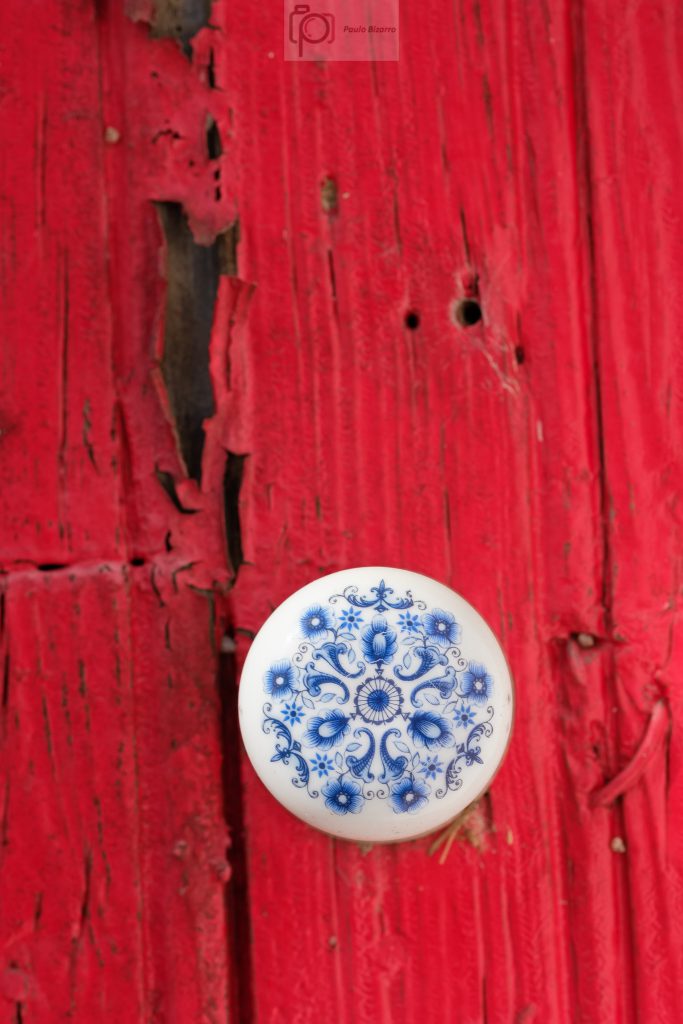I don´t write about photographic gear very often in my blog, since I prefer to showcase my photos and associated experiences. It is my opinion that current cameras and lenses across several formats are more than capable to deliver excellent images. It is up to the photographer to go out, find inspiration, and produce memorable photos. As those who read my blog know, in the past 4 months or so I have been trying out the Fujifilm X100V, using it in the type of occasion where I prefer to carry only one simple but high-quality camera.
Such instances have included walking several trail paths in the Rota Vicentina in southwest Portugal; simple landscape photo sessions; and general vacation photography. My previous impressions can be found in the following links:
The Fujifilm X100V is the fifth version of an iconic camera line that first saw the light of day in 2010. So this year marks an important milestone for the little camera. In fact, one could argue that the success of the original X100 was the first significant step in the launch of Fujifilm’s X-mount system one year later. I have used several of the X100 cameras throughout the years, and the “V” still carries all of the original charm, marrying it with the modern technology and know-how of the company. There are not many camera lines that are able to maintain such strong personality traits after 10 years – this is almost an eternity in the digital age.
In order to round off this series of articles about my experiences with this camera, I have used it again recently to make some landscape photos on two occasions. Both during a weekend that I spent in the Alentejo coast, near Almograve. I merely used the camera and a tripod, can not get any simpler than that really.
On the first outing I went to the area near Cabo Sardão lighthouse, to photograph during the sunset time. The weather was cloudy, with menacing and broody skies. This made for some nice photos of the sea, cliffs, and lighthouse. For some of them I used the built-in neutral density filter; 4 stops is very useful to achieve long exposures.
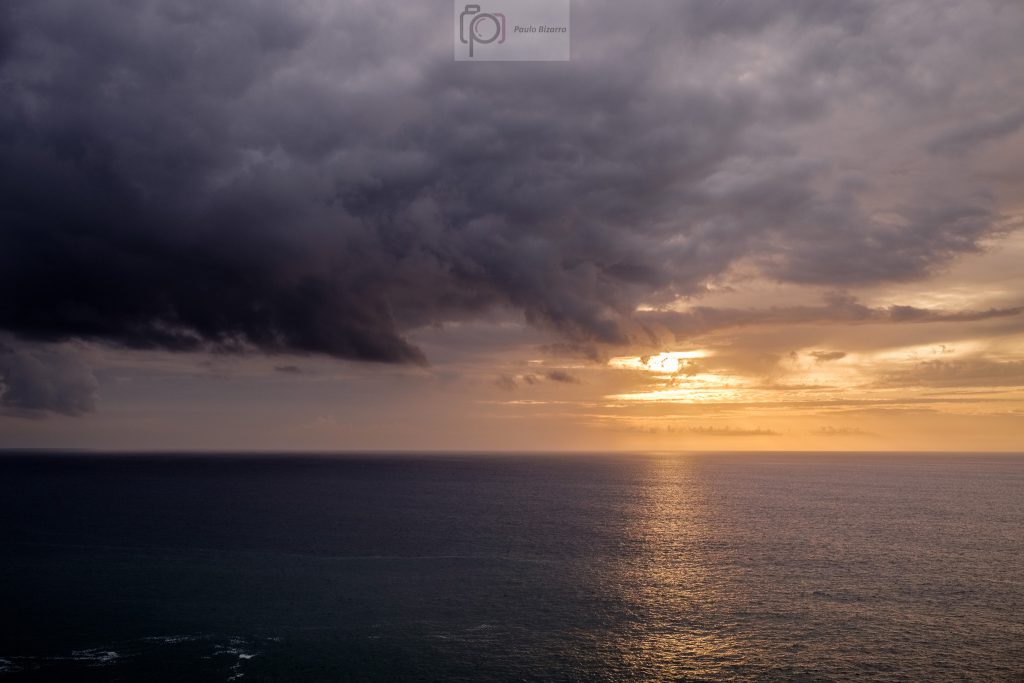
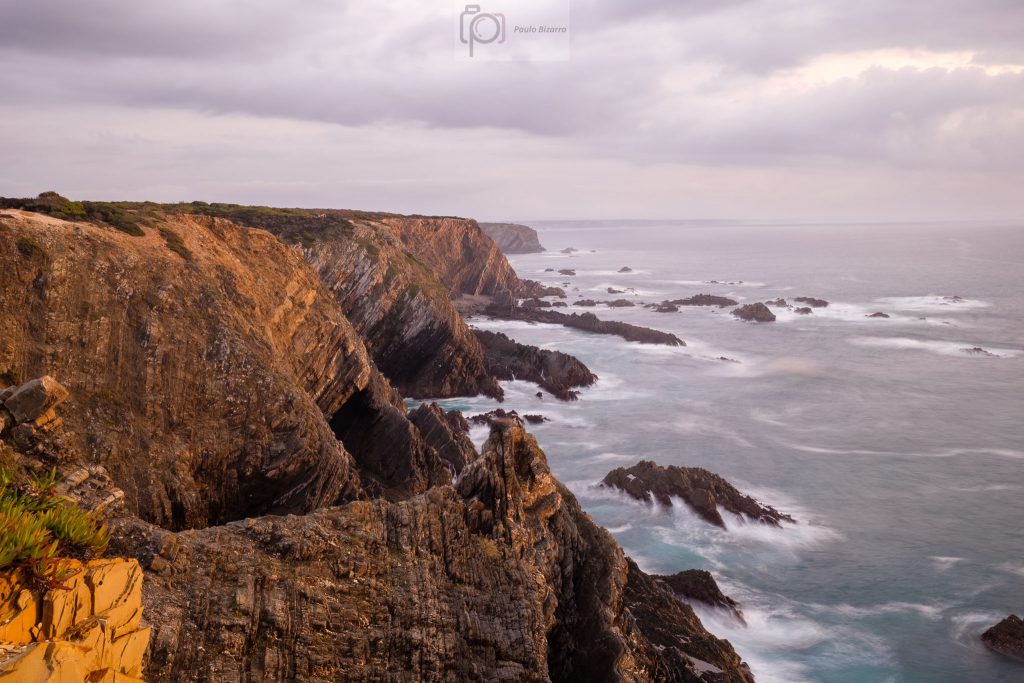
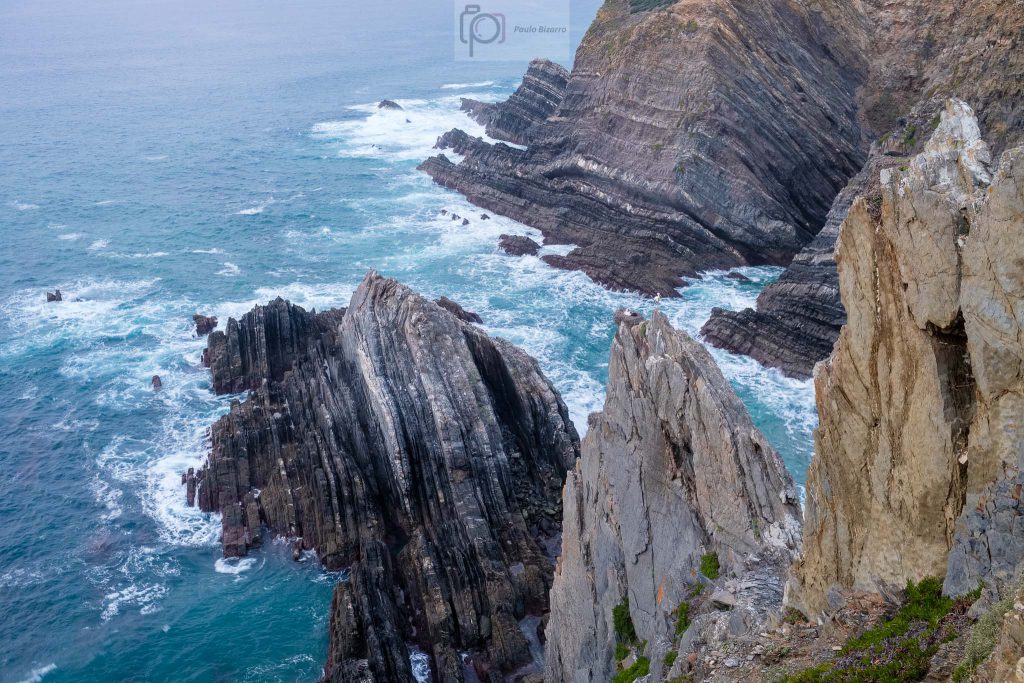
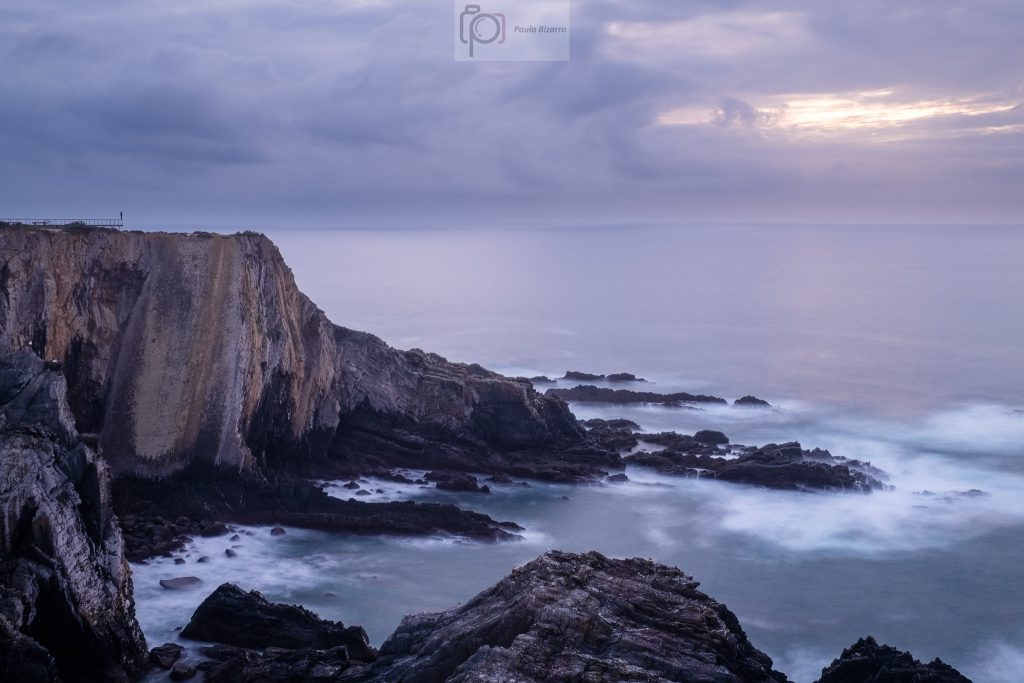
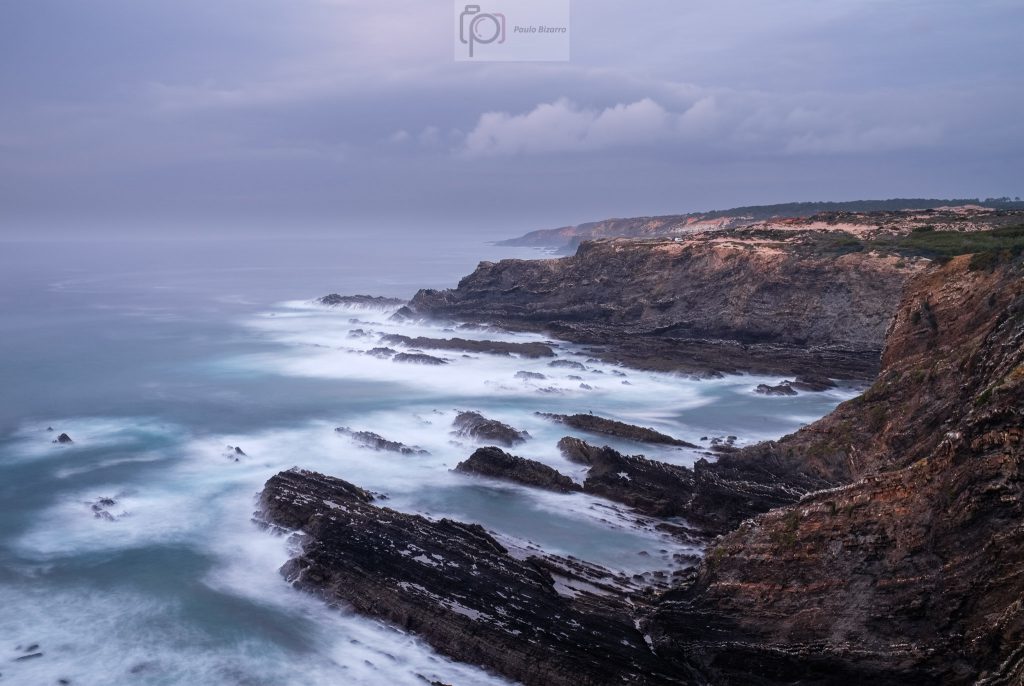
As you can see, the weather was looking dire, but I kept shooting, as the clouds and the light were changing every minute. The interplay between the sea and the sky provided interesting compositions.
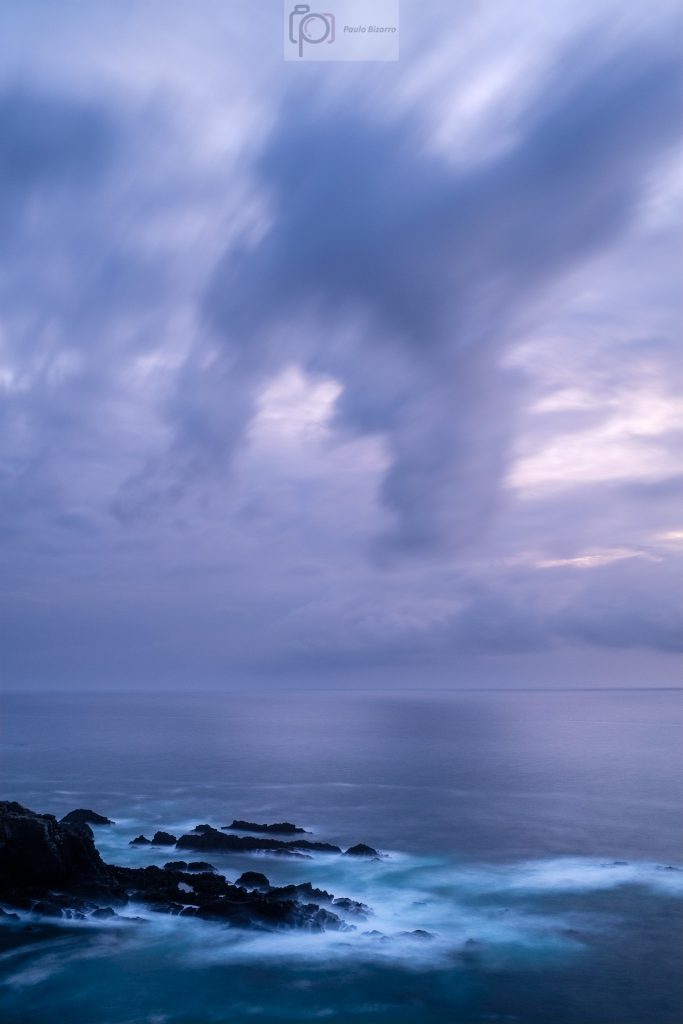
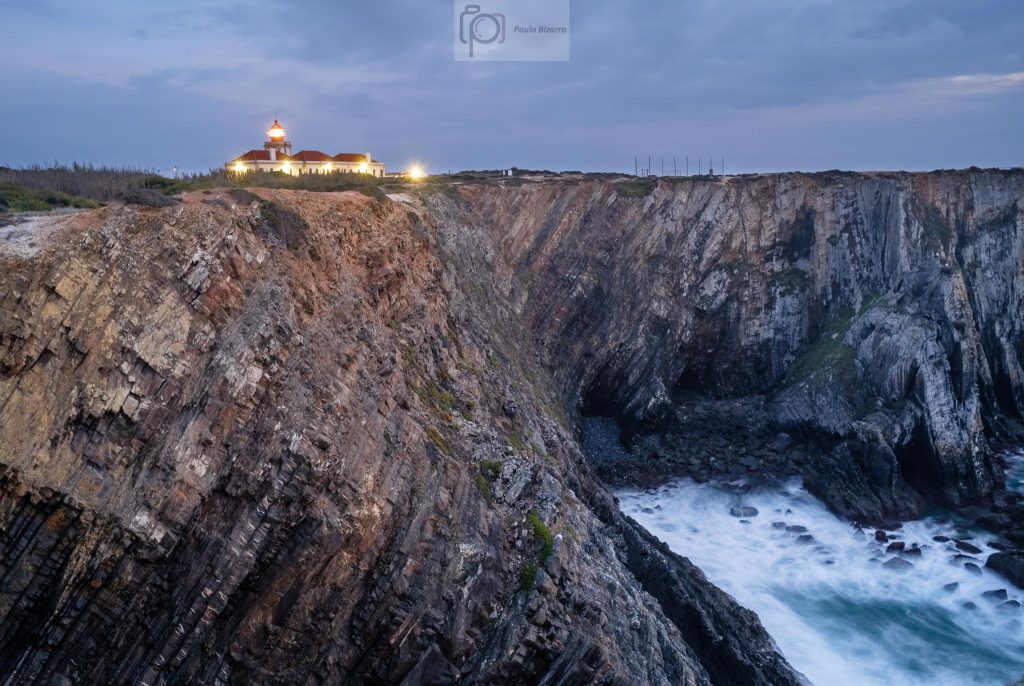
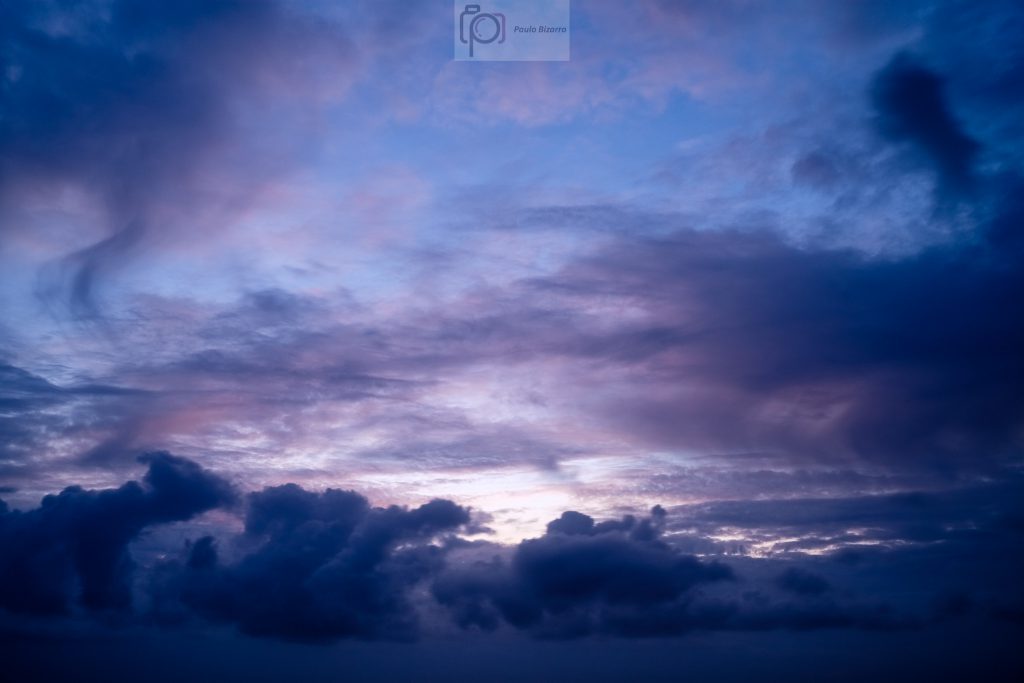
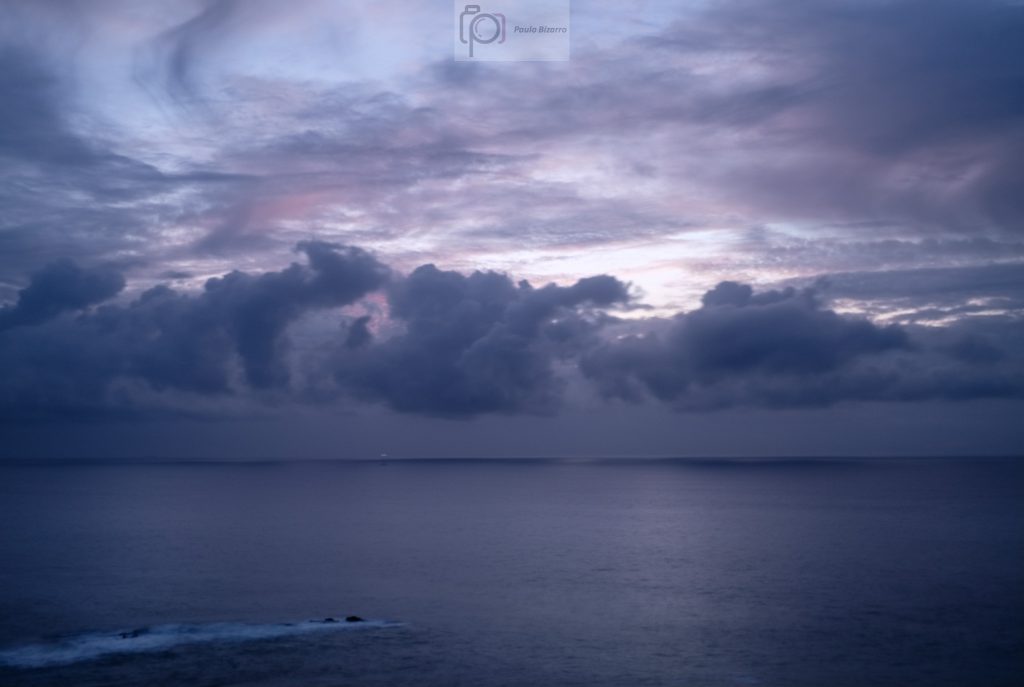
The second outing occurred the following morning, in the small village of Longueira. Again, I simply grabbed the camera and the tripod and went out of the house before sunrise. Trying to find different and still interesting subjects after photographing a place for so many years is a challenge. However, every sunrise (or sunset) is different, and places change with the seasons. In the Autumn, often there are clouds in the sky that are illuminated by low angle sunlight, displaying warm colours. The fields are ploughed and freshly vibrant from the morning dew.
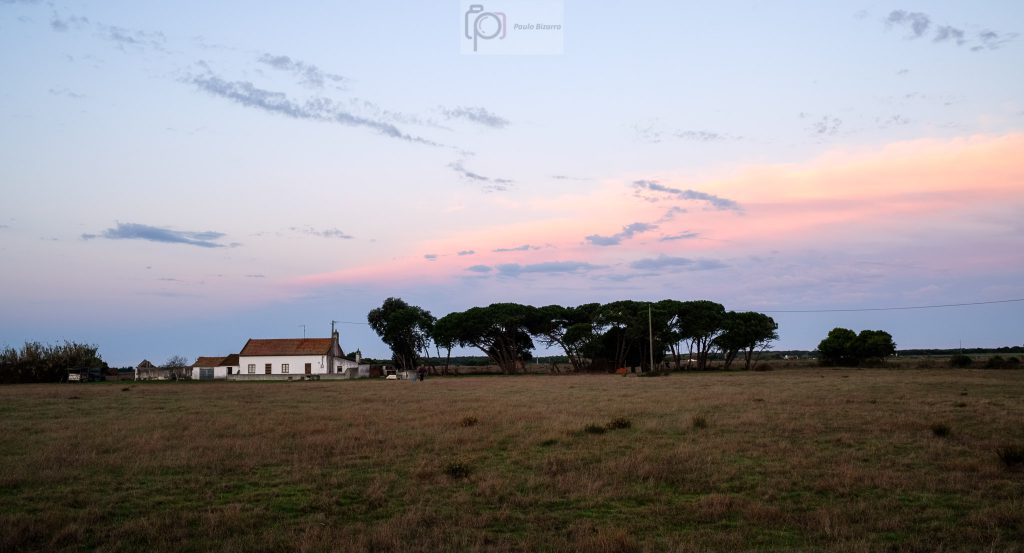
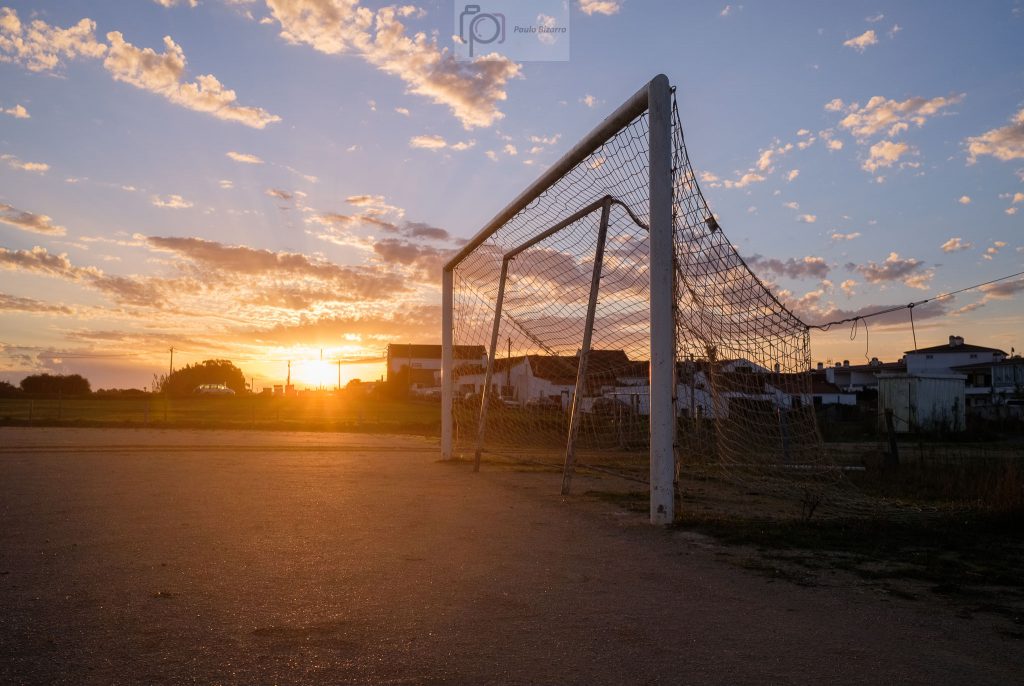
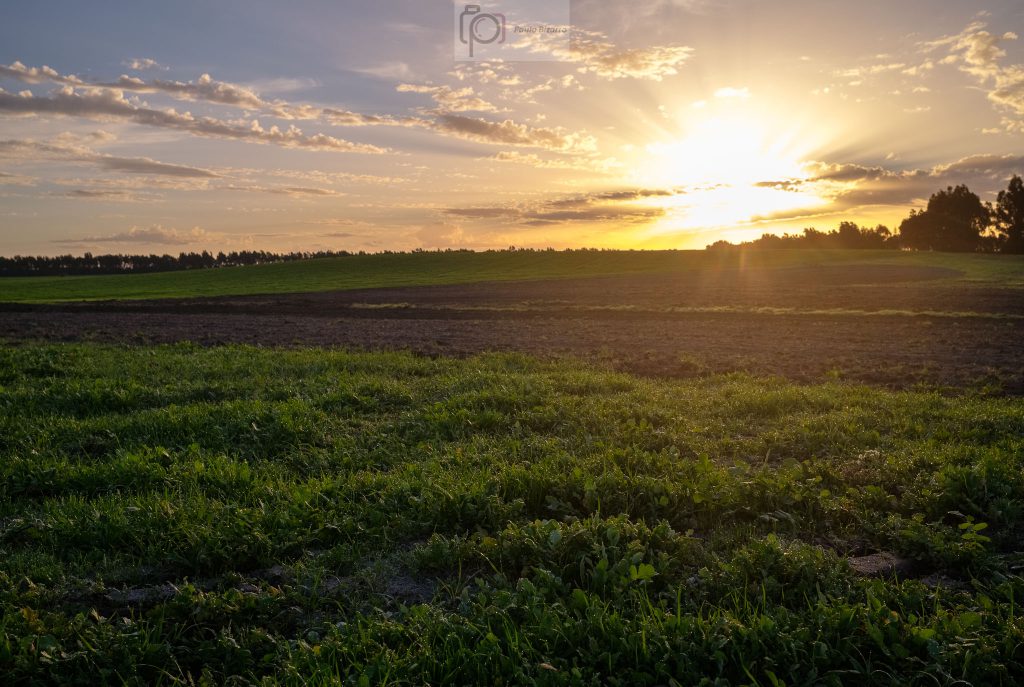
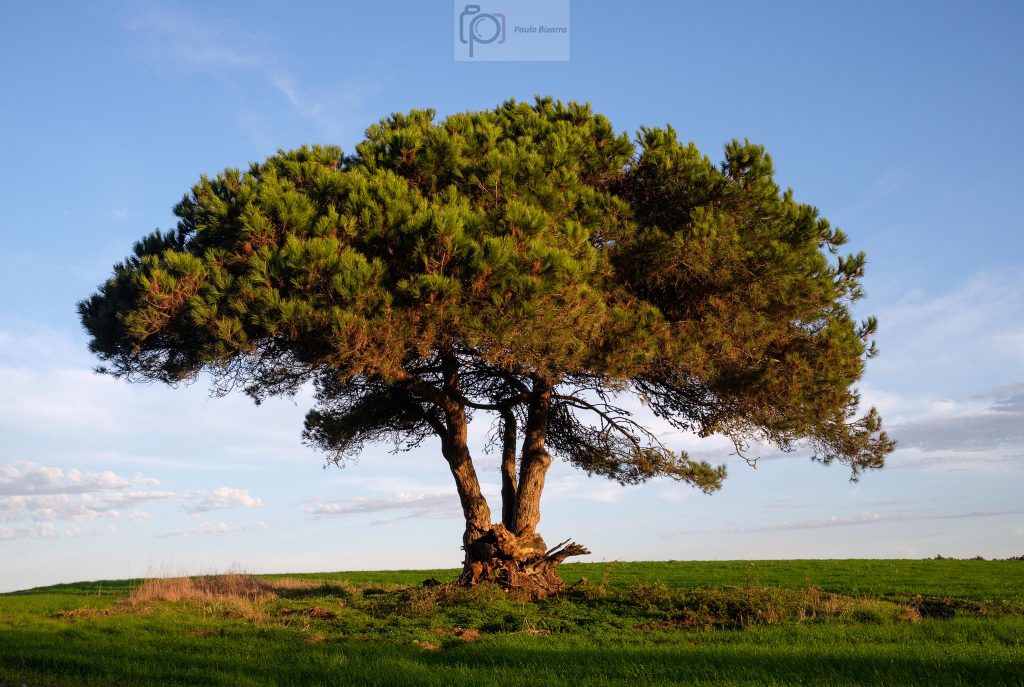
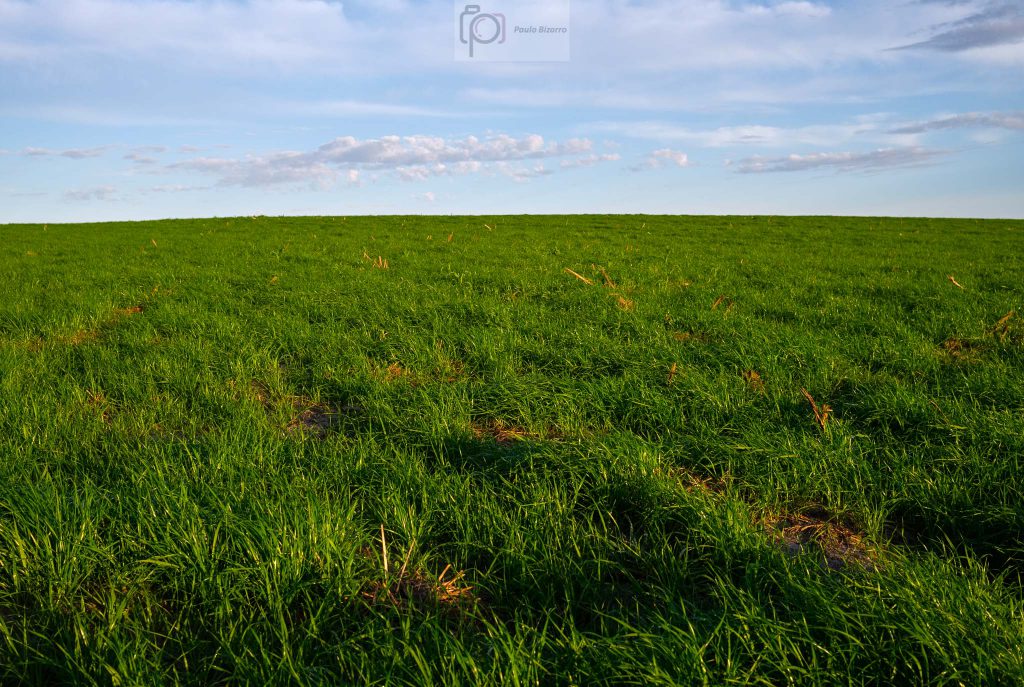
In conclusion, the X100V is, for me, the best version so far of this line of cameras from Fujifilm. Small, easy to operate, great lens and sensor, robust, and delivers high image quality. The final photo illustrates that in the confined world we live in today, it is still possible to imagine.
